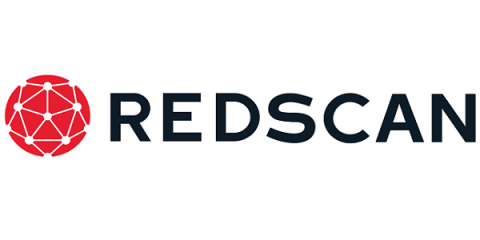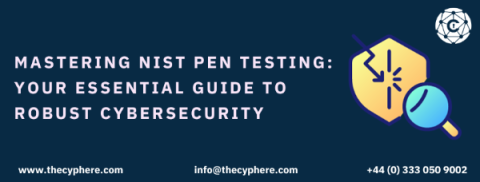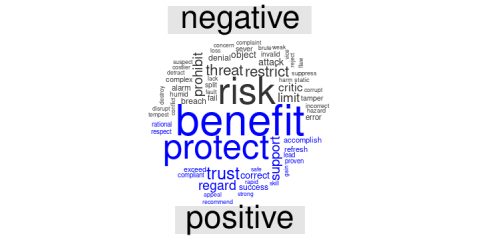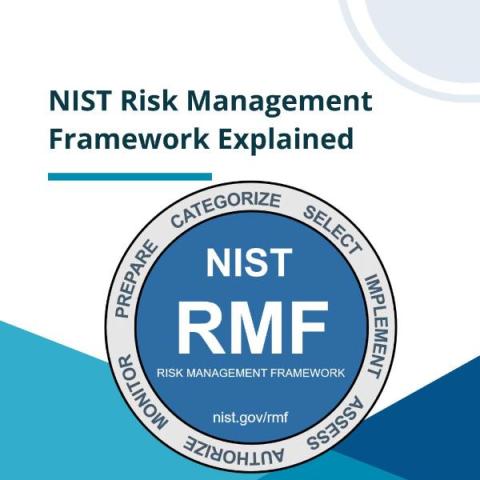Security | Threat Detection | Cyberattacks | DevSecOps | Compliance
Latest News
NIST Cybersecurity Framework 2.0: The Key Changes to Know About
The National Institute of Standards and Technology (NIST) Cybersecurity Framework (CSF) has been a stalwart ally for organizations for years, providing guidance on understanding, evaluating and communicating about cybersecurity risks. The release of NIST CSF 2.0, expected in early 2024, provides a paradigm shift. This blog post provides an in-depth exploration of the structure of the NIST CSF and the key changes coming in version 2.0.
NIST releases draft Cybersecurity Framework 2.0
NIST CSF 2.0: What you need to know
Organizations looking to protect their sensitive data and assets against cyberattacks may lack the ability to build a cybersecurity strategy without any structured help. The National Institute of Standards and Technology (NIST) has a free, public framework to help any organization mature its IT security posture. Recently, the institute published an updated version of the cybersecurity framework (CSF), NIST CSF 2.0, which contains a number of updates from the previous framework.
How Does NIST's AI Risk Management Framework Affect You?
While the EU AI Act is poised to introduce binding legal requirements, there's another noteworthy player making waves—the National Institute of Standards and Technology's (NIST) AI Risk Management Framework (AI RMF), published in January 2023. This framework promises to reshape the future of responsible AI uniquely and voluntarily, setting it apart from traditional regulatory approaches. Let's delve into the transformative potential of the NIST AI RMF and its global implications.
Mastering NIST Penetration Testing: Your Essential Guide to Robust Cybersecurity
Securing your organization’s information systems is a top priority in the ever-evolving digital landscape. Organizations face an ongoing battle against cyber threats; penetration testing is a powerful weapon to avoid these risks. The National Institute of Standards and Technology (NIST) Penetration Testing Framework, known as “nist pen testing,” offers a robust and structured approach to assessing and enhancing cybersecurity defences.
NIST NCCoE Publishes Cybersecurity Framework Profile for Hybrid Satellite Networks
In late September 2023, the US-based National Institute of Standards and Technology (NIST) published its Cybersecurity Framework Profile for Hybrid Satellite Networks, otherwise known as NIST IR 8441. This blog will explore the reasons behind NIST developing the framework, outline its intentions, and summarize its key points.
What Is NIST SP 800-171 Compliance? A Guide to Protecting Your Sensitive Data
NIST SP 800-171 details requirements that all Department of Defense (DoD) contractors have been required to follow for years. The guidelines were updated in 2020, and Revision 3 was published in May 2023. Netwrix is ready to help organizations achieve, maintain and prove NIST 800-171 compliance. Below, we summarize its key requirements and share recommendations for getting started with the regulation.
Significant Changes from NIST SP 800-53 rev4 to rev5
The National Institute of Standards and Technology has introduced a new revision of the Special Publication 800-53, revision 5. As with any document change of this scope there are minor and major changes. This paper will provide a high level overview of the significant changes, addressing a redefined focus in control families, accountability, governance, as well as a discussion of new control families, privacy transparency and supply chain risk management.









